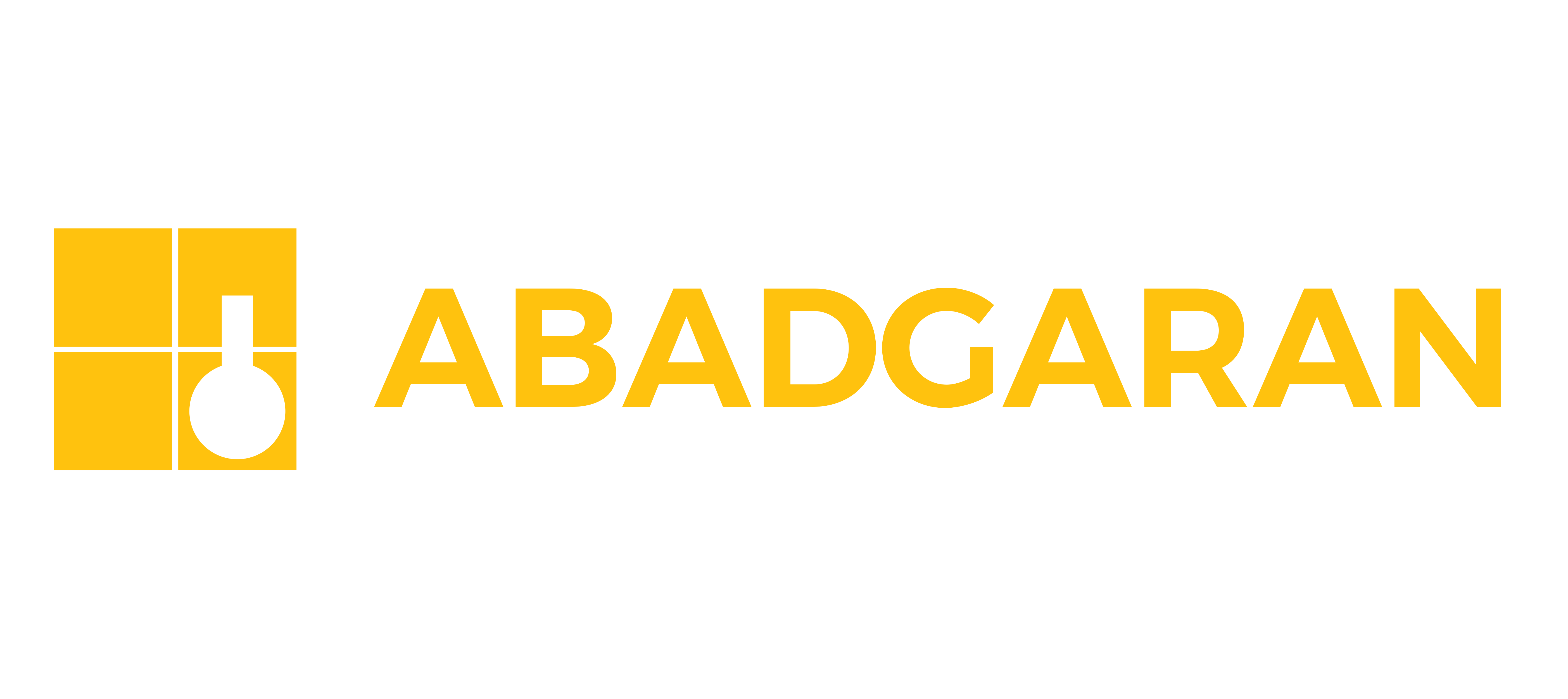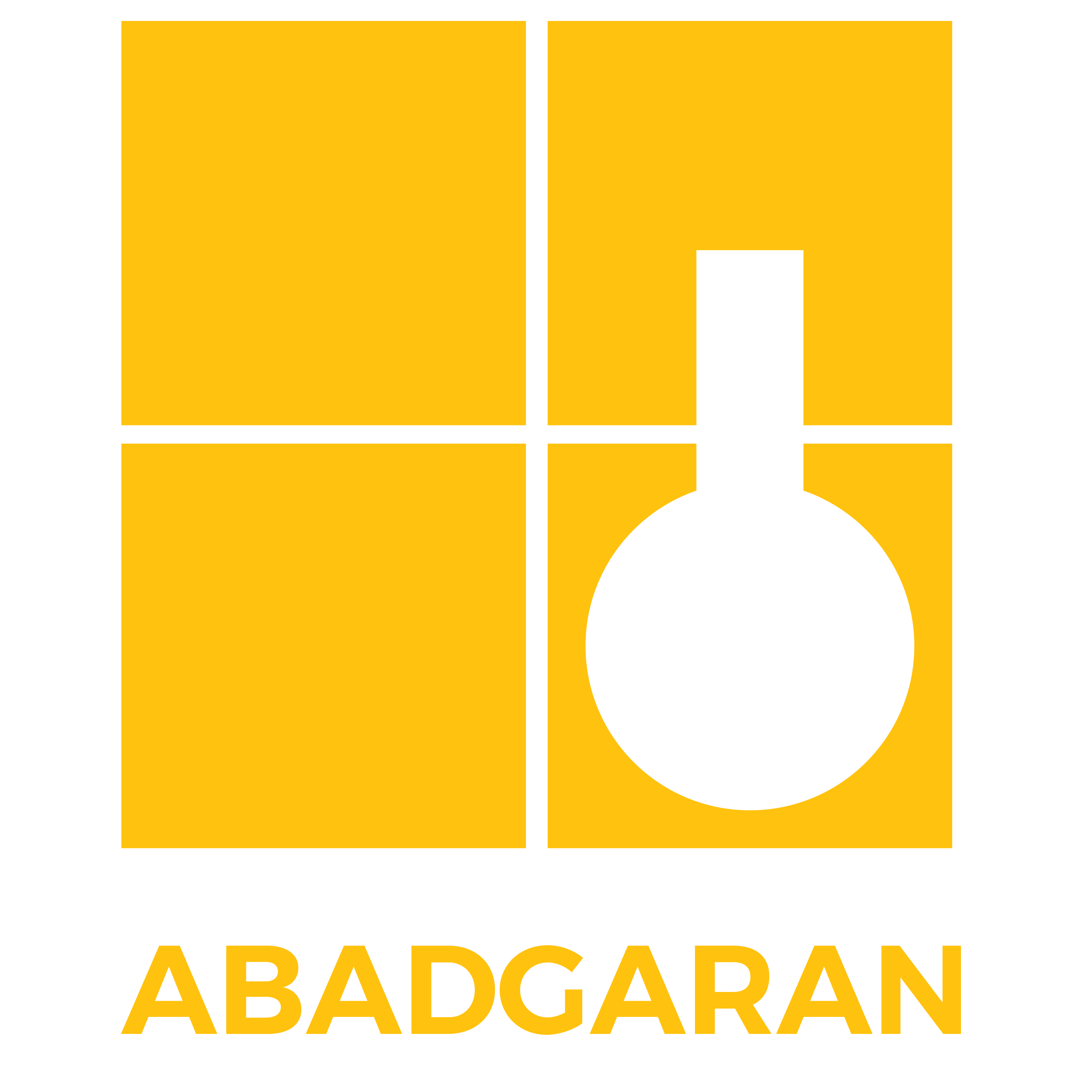
Please wait, loading...

Please wait, loading...

![]()

Fire protection of buildings and structures is one of the most important principles in architectural design and construction.
One of the effective methods to prevent heat transfer and enhance a structure’s fire resistance is the use of fireproof coatings. These coatings are directly spray-applied onto the structural elements and are considered more cost-effective and efficient compared to other fire protection methods.
In this article, we will examine the requirements and standards related to fireproof coatings.
Protecting buildings and structures against fire is one of the most important principles in the design and construction of buildings. This protection is especially critical for metal structures because metals lose their strength at high temperatures. Spray-applied mineral coatings, such as fire-resistant coatings, are an effective method to prevent heat transfer and increase the fire resistance of structures. These coatings are applied directly onto the structure and are more cost-effective and efficient compared to other fire protection methods.
Standards EN 13381 and ISIRI 12055-1 address the testing methods and evaluation of the fire resistance of materials and protective coatings. These standards include technical requirements, specifications, and performance testing methods for coatings used in structural fire protection. EN 13381 is recognized internationally as a fundamental standard for evaluating the fire performance of coatings, while ISIRI 12055-1 focuses specifically on national and local applications within Iran.

Spray-applied mineral coatings are typically made from non-combustible mineral materials such as cement and gypsum. These fire-resistant coatings not only provide high thermal insulation properties but also form a protective layer on the surface of the structure that prevents fire spread and maintains the structural temperature within safe limits. Due to their porous structure, these coatings act as effective thermal insulators and prevent rapid heat transfer to the structure.
According to EN 13381, the thermal resistance of fireproof coatings must ensure that the temperature of the structure does not exceed a critical threshold. For steel structures, this critical temperature is typically around 500°C, at which point steel rapidly loses its strength, leading to structural failure. Therefore, the primary goal of using mineral coatings is to keep the structure’s temperature below this critical limit.
Fireproof coatings must adhere sufficiently to the surface and must not detach due to temperature changes or impacts caused by fire. Adhesion tests are performed according to standard methods in EN 13381, and the coatings must maintain their performance under various conditions such as temperature and humidity fluctuations. In essence, these coatings should retain their strength and adhesion over time and under different environmental conditions.
EN 13381 and ISIRI 12055-1 provide methods for testing the performance of spray-applied coatings, including assessments of stability, adhesion, temperature resistance, and behavior under various environmental conditions. These tests simulate real fire conditions and the results reflect the coatings’ performance in potential fire events.
The guidelines from the Iranian Road, Housing, and Urban Development Research Center for evaluating spray-applied mineral coatings for steel structures specifically examine factors that can influence the efficiency and lifespan of these coatings. The testing procedures are detailed to ensure optimal performance under critical conditions, including assessing stability at high temperatures, adhesion under diverse environmental conditions, and preservation of thermal insulation properties. Additionally, these guidelines explain proper installation and maintenance practices to achieve the best fire protection performance.
Spray-applied mineral coatings are favored for fire protection due to their lightweight nature, rapid application, and effective fire-resistant properties. However, proper application and periodic maintenance are essential to preserve their optimal performance. Because of their sprayable nature, these coatings can be applied directly onto various surfaces without requiring additional structural elements.
Types of Fire-Resistant Coatings
Compared to other fire protection methods, such as insulating sheets and passive fireproof coatings, spray-applied mineral coatings are more economical and faster to apply. Moreover, their unique structure provides benefits such as moisture resistance and thermal insulation, which increase the durability and longevity of the structure. Abadgaran Chemical Industries has developed two fireproof coatings named Hydrocarbon Cementitious Fireproof Coating and Cementitious Base Fireproof Coating, actively protecting metal structures against fire.

The requirements of EN 13381 and ISIRI 12055-1 are designed to ensure safety and enhance the fire resistance of structures. Using spray-applied mineral coatings based on these standards can reduce fire hazards and provide better protection for building structures. These coatings, by conforming to global safety standards, enable architects and engineers to design structures with high fire safety levels.
Ultimately, effective implementation of these regulations requires collaboration among governmental agencies, manufacturers, architects, and engineers to create safer and more fire-resistant building environments. This effort not only protects human lives but also preserves national assets.
Given scientific advancements and global experiences in structural fire protection, continuous updating of related regulations and standards is necessary. These updates should align with societal safety needs and emerging technologies and be supported by international cooperation to deliver the best possible fire protection methods for structures.